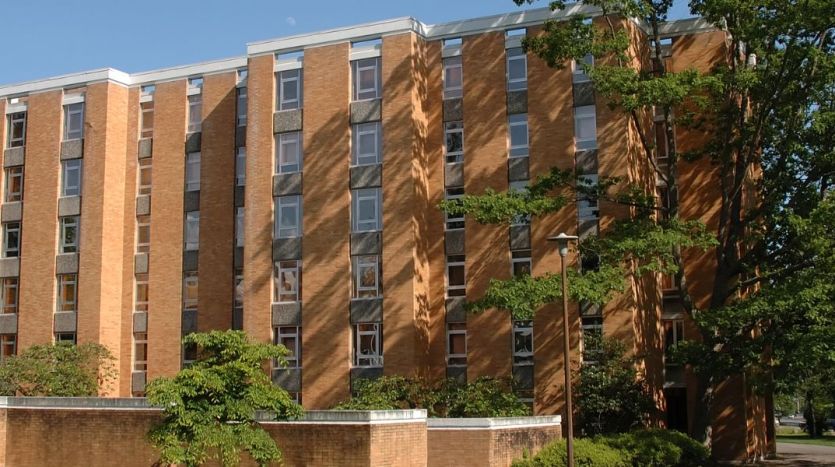Is now a good time to invest in Student Housing in the United Kingdom?
Student housing is less susceptible to economic swings than residential and commercial property. To begin with, demand for student housing remains high, with UK education remaining extremely popular with foreign nationals, particularly in Mena and Asia countries, many of whom are from HNWI households.
Domestic students’ continued access to government tuition grants and student loans helps to feed demand. The loans are quite inexpensive, allowing students to afford better housing.
Some benefits of student housing that new investors should consider:
The system works well for landlords because rent is usually paid directly, and having a guarantor is now the norm for students, offering a nearly risk-free proposition for investors. Another advantage is that tenancies are normally granted several months in advance, giving enough time to find new tenants before the start of each academic year if a group is leaving (Students tend to get together to rent a property are usually in the same academic year).
Importantly, student housing returns can be significantly higher than ordinary residential yields since students typically pay higher rates, which cover the higher related costs of setting up for multi occupancy as well as the extra wear and tear.
According to Property Notify, UniHomes, a student housing provider, examined neighborhoods surrounding 100 institutions and discovered that Covid19 had had no effect on the demand for student rental properties.
According to their findings, the average rental income for several colleges has increased from the start of the pandemic to May 2021. Manchester Metropolitan University was one of the top ten achievers, with rental yields increasing from 5% to 5.7% (0.7%) on average. Lancaster University likewise increased by 1%, from 4.6% to 5.6%.
UniHomes director Phil Greaves stated that they anticipate great outcomes for the upcoming academic year.
Social housing is an enticing investment prospect
The number of social houses peaked at around 5.5 million in 1981. Despite increased demand for affordable housing, there are just over 4 million social dwellings today, accounting for 17% or less than one-fifth of all households. 2.4 million rented from housing associations and 1.6 million from local governments in fiscal year 2019-20. (LAs). 81% of new social housing lettings occurred in largely metropolitan LAs.
The government determined in 2020 that there is persuasive evidence that England requires at least 90,000 net more social rent houses each year.
Considerations for student housing investors in the UK
Investors interested in this market should consider the following:
- First, certain social housing rents are government backed, so you can be sure they will be paid.
- Furthermore, because the rates are controlled by government-set formulae linked to the Consumer Price Index, social rents are largely unaffected by market forces and economic conditions (CPI).
- The present agreement, which runs until 2025, calls for yearly rate increases tied to inflation at CPI +1%. CPI inflation is anticipated to reach 1.5% in 2021, 1.8% in 2022, and 1.9% in 2023.
Unlike office and retail rents, social rent values have a weak link to GDP and inflation; for every 1% change in GDP over the next three years, office and retail rents would grow or fall by an average of 2.4% and 1.6%, respectively, whereas social rents would move by only.03%.
As a result, as compared to other rental property types with cashflows that are related to the overall economy, social housing is an appealing alternative for property investors seeking a risk-adverse strategy.
Another factor for investors to consider is the typical length of time a renter will stay in a certain property. In 2019/20, LA and PRP residents stayed at their existing residence for an average of 13.3 and 11.4 years, respectively, far longer than the private renting sector’s average of 4.3 years (English Housing Survey headline report 2019/20).
Because of the supply-demand imbalance, social housing rents benefit from decreased vacancy; since 2016, empty housing has represented only 1.5% of total stock. For the past 24 years, there have been over 1 million homes on the waiting list.
Only 8% of England’s 4.0 million social housing households migrated over the year (either joining the social sector or transferring / renewing an existing social tenancy). Naturally, turnover costs are lower as well.
These characteristics result in higher-quality cash flows that most investors will find appealing. Profits for PRPs have been consistent over the last ten years, averaging 27%. Importantly, during the first six months of the epidemic, social rent receipts were estimated to be over $600 million. 98% in the second and third quarters of 2020, compared to about 40% and 70%, respectively, for retail and office. While still in its early stages, investment in social housing is likely to rise steadily as it becomes more well-known and more investors learn about and grasp its benefits.
Please Contact us if you have any questions or require further information relating to buying property in the UK.
Alternatively, connect to our team via WhatsApp or Facebook Messenger.
If you would like further information on buying properties in the UK or discuss you property requirements, please do not hesitate to contact us.[/vc_column_text][/vc_column][/vc_row]



